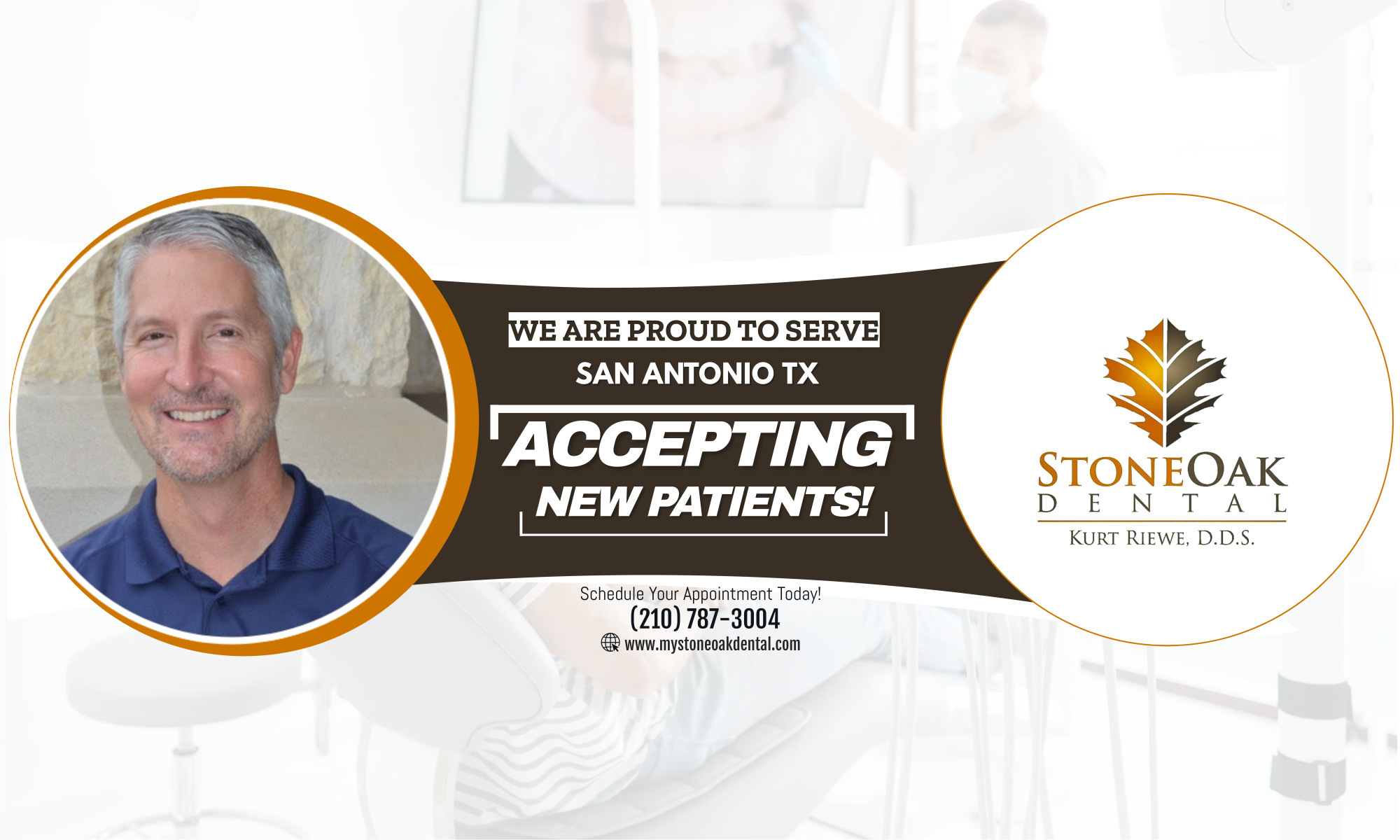X-rays are extremely valuable for helping dentists identify issues that may not show up on normal oral examination.
The three most common types of dental X-rays are the bitewing, periapical and panoramic X-rays.
Panoramic X-rays give a broad overview of the entire mouth – supplying information about the teeth, upper and lower jawbone, sinuses, and other hard and soft tissues of the head and neck.
Unlike other X-rays, where the film is placed inside the patients mouth, the panoramic film is contained in a machine that moves around the patient’s head. So they are very easy to use.
Panoramic X-rays are often used to check wisdom teeth but they will also reveal deep cavities and gum disease. They are also useful to help patients with past or present jaw problems or those who require full or partial removable dentures, dental implants, or braces.
They can also be valuable in assisting people who are suspected of having oral cancer or have had recent trauma to the face or teeth.
Panoramic X-rays play an important role in thorough dental examinations and are recommended at least every five years or so for most patients.
